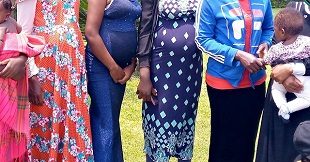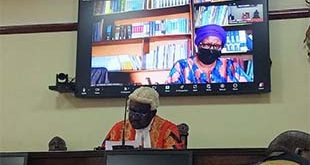
Jinja, Uganda | THE INDEPENDENT | Jinja City Council has resolved to allocate 52.6 acres of land for the construction of a campus for Makerere University. The land is located in Budondo ward, Northern Division.
Rajab Kitto, the Jinja City Council Spokesperson says that they held a meeting with the management of Makerere University at their main campus on Thursday, where all the City leaders consented to the move as a key driver of development in the area.
Kitto says that Makerere has been renting space from Jinja city-owned schools, and offering them land to construct a facility is a viable investment for the Busoga sub-region.
He notes that Jinja city’s 20-year fiscal plan comprised a science University in the area, and the Makerere University Jinja campus prioritizes science research and agricultural studies, which suits their long-term development plans.
He further adds that part of the land is home to Budondo Health Centre IV, which Makerere University will spearhead its upgrade to a general hospital and transform it into a teaching hospital.
Frank Nabwiso, an opinion leader in Busoga who was part of the negotiating team says that the Busoga sub-region lacks a public university, and the commitment by Makerere to set up a campus is a relief to the residents in the area.
In January, Dr. Ronald Kakungulu, the Jinja Campus Director, emphasized the need for the new campus to meet international standards and alleviate capacity issues faced by the main campus in Kampala.
The expansion is expected to accommodate the growing number of students from the Eastern region, providing them with a more affordable education option closer to home.
Jinja City Mayor, Peter Kasolo says that a fully-fledged campus will ignite development in the area. “We are having unbalanced development in Jinja city, with most of the factories, modern education institutions, and standard health facilities, among other key economic drivers being housed in the southern division, but with Makerere University resolving to set up a modern campus in Northern division, the estimated student population of 10,000 will surely blossom the underlying small scale trading potentials in the area,” he says.
Kasolo adds that leaders have started training residents on financial literacy and will be retooled on viable low-capital business enterprises, from which they can generate incomes when the university is finally functional.
*****
URN
 The Independent Uganda: You get the Truth we Pay the Price
The Independent Uganda: You get the Truth we Pay the Price


